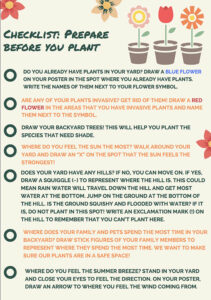How and Why Are Gardens Designed the Way They Are?
You’ve enjoyed the beauty of a garden.
Now ask yourself, “Why was it designed that way?”
Gardeners must consider the space being planted. Which spots are mostly in the shade? Which spots get the most sun and for how long? What wildlife visits this area? Which native and Jersey-friendly plants like these conditions?
Here are some local gardening success stories!
What are New Jersey Native Plants?
New Jersey gardens should include native and Jersey-Friendly plants. Native plants evolved in this region over millions of years. We consider native plants to be ones that were found growing in this area before European settlers came to north America. They are adapted to the soil and climate here and can handle common weather conditions in New Jersey.
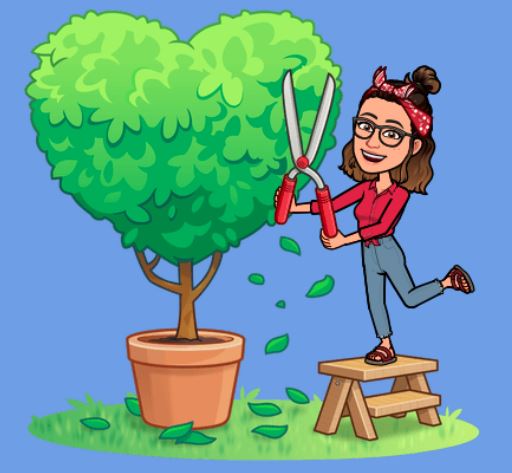
What are Jersey Friendly Plants?
Jersey Friendly plants may not be native to New Jersey, but they aren’t harmful either. For example, Purple Coneflower is native to the Southern and Midwestern United States, but not native to New Jersey. Even so, it’s well behaved and thrives when planted in gardens in our area. Planting Purple Coneflower in a garden in our state will provide food for pollinators. Read more about Landscaping for Pollinators.
What Are Pollinators?
Study.com says pollinators are animals that transfer “pollen from the male part of the plant…to the female part of the plant…to…make wonderful baby plants”
Click here to view the parts of the plant & the process of pollination
Watch This! Parts of a Flower & Pollination
Beware of Invasive Plants!
Invasive plants are harmful to our environment. They take up space where native plants should be. While native plants evolved along with the native wildlife, these alien invaders did not. This means they don’t provide appropriate food or habitat for local animals and insects or their babies. They could even be toxic for them! Because of this, invasive plants can spread quickly through areas and take over.
Humans can be dangerous to our environment if they plant invasive plants in their gardens! You may have seen invasive plants and not realized the damage they cause. It’s important to learn which plants are invasive and how to care for Jersey Friendly plants.
Find Out How To Avoid Invasive Plants
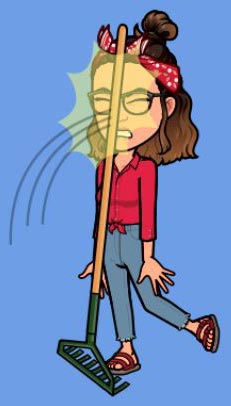

How do WE Hurt the Environment?
Humans damage the environment in New Jersey by using fertilizers. Fertilizers are used as food for plants to grow but too much fertilizer is harmful. They harm our waterways (rivers, lakes, and bays) and lead to the death of water plants and animals. Fertilizer can contaminate our drinking water, making it polluted and dirty.
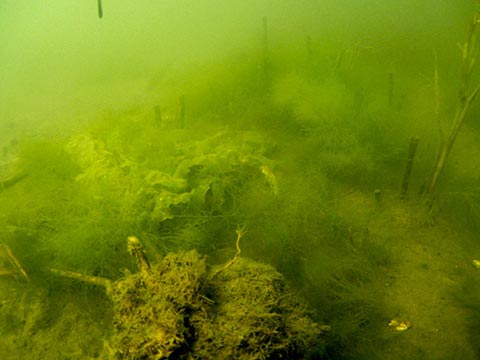
An underwater photo in Barnegat Bay shows heavy algae growth. © Mark Yokoyama
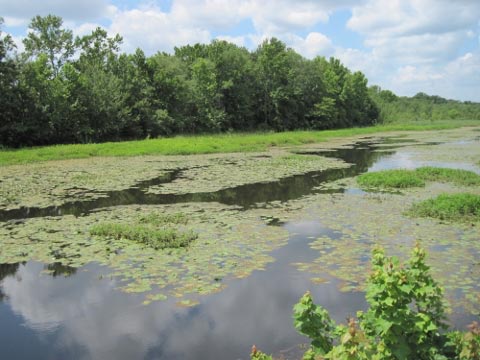
A lake harmed by excessive algae and plant growth in Elmer, NJ. (Photo by Rutgers Cooperative Extension of Salem County.)
Eutrophication in New Jersey
In this video you’ll see what can happen when we use too much fertilizer.
Now view the real-life damages to Barnegat Bay! Because of these effects, our goal is to create gardens that are healthy for our water life, wildlife, human’s too!
Let’s Begin the Activity for Step 2!
Plan before you plant!
Design your own garden using a poster and crayons or colored pencils to draw your backyard. Include your deck, hot tub, pool, playground, shed, trampoline, and any other man-made feature.
After creating your artwork, use a checklist to get to know your backyard and all of your backyard characteristics. These characteristics are important to create a healthy New Jersey garden. Using your checklist, you will draw symbols and take notes (on your poster) on the important features for planting.
Need help? Here are some links:
Review step 1 of the 8 step process to know what to look for: Step 1: Plan Before You Plant
An example of how to design a garden can be seen with this link: The Interactive Yard
CHECKLIST
Prepare Before You Plant

Do you already have plants in your garden space? Draw a Blue Flower on your poster in the spot where you already have plants. Write the names of them next to the flower symbol.

Are any of your plants invasive? Talk to your parents about getting rid of them! Draw a Red Flower in the areas that you have invasive plants and name them near the symbol on your drawing.

Draw the Trees in your space! This will help you know where to plant the species that need shade.

Where do you feel the sun the most? Walk around your garden space and Draw an “X” on the spot that the sun feels the strongest. Mark down the time of day.

Does your space have any hills? If yes, Draw a Swiggle ~ where the hill is. Rain water may run off the hill and pool at the bottom. Jump on the ground at the bottom of the hill. Is it squishy and flooded with water? If so, don’t plant here. Make an exclamation mark (!) to remind yourself not to plant there.

Where do your family and pets spend the most time in the space? Draw Stick Figures of your family to represent where they spend the most time. We want to make sure to put plants in a safe part of your space.
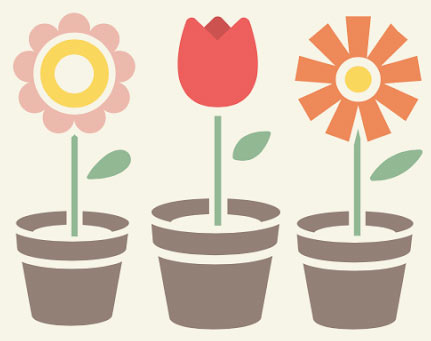

Where do you feel the summer breeze? Stand in your space and close your eyes to feel the wind. On Your poster, Draw an Arrow to represent where you feel the wind is coming from and label it “Wind”
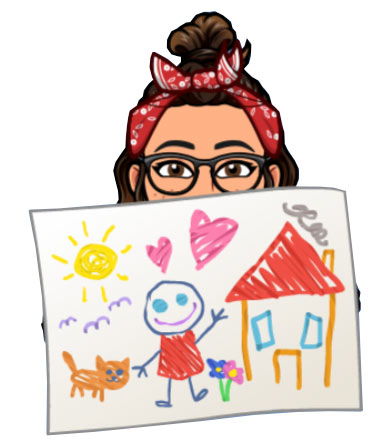
Next, Hand in the Artwork of Your Backyard to
Your Troop Leader!
YAY! You’ve completed Step 2 of your Girl Scout Gardener Badge! Congratulations!
I know you’re excited to continue this journey. Please wait for your leader’s instruction before moving on to Step 3!
Click Here to go back to the main Gardener Badge Page.


